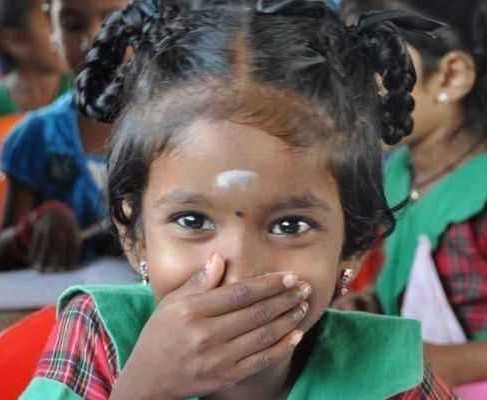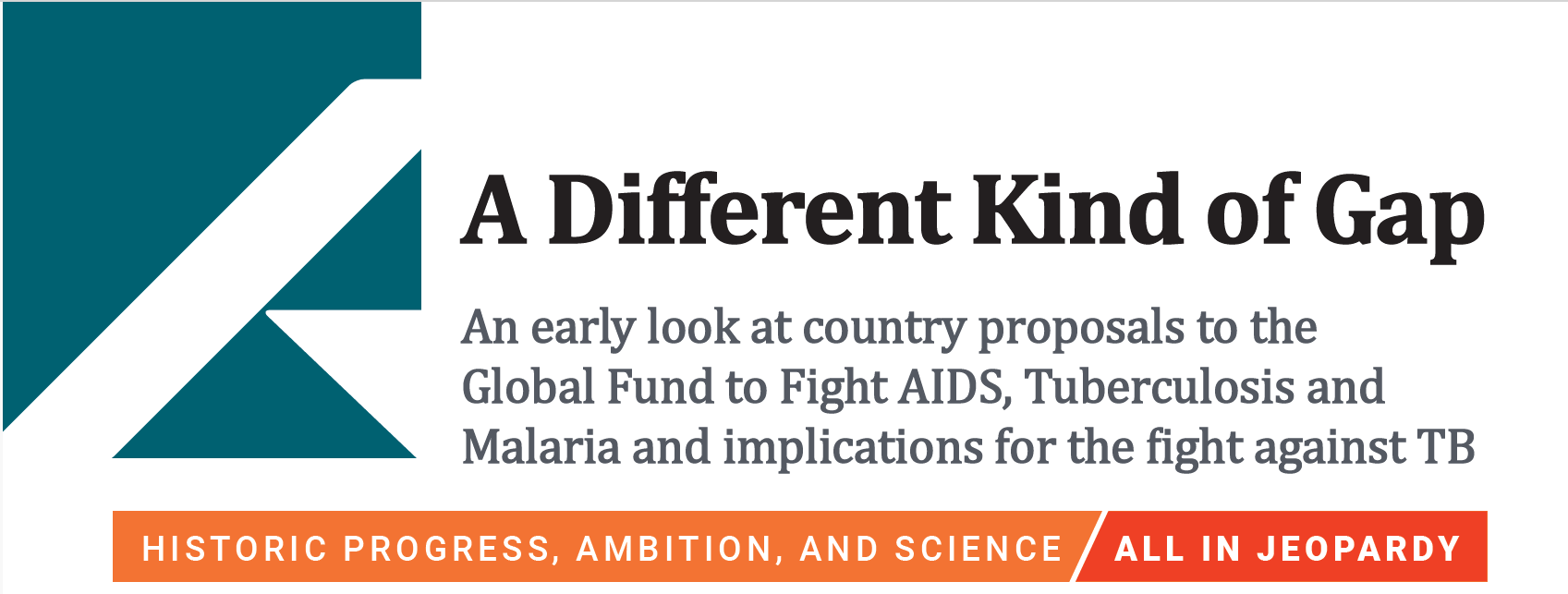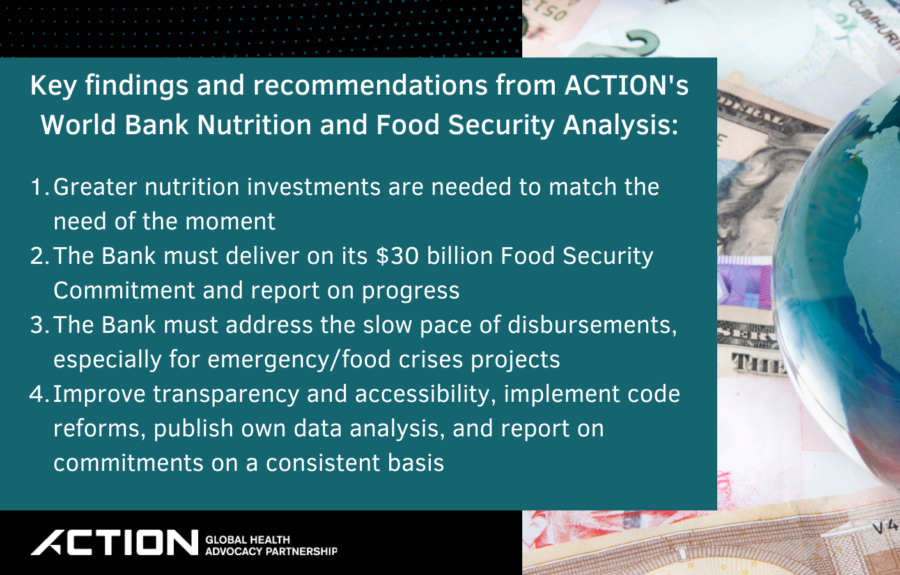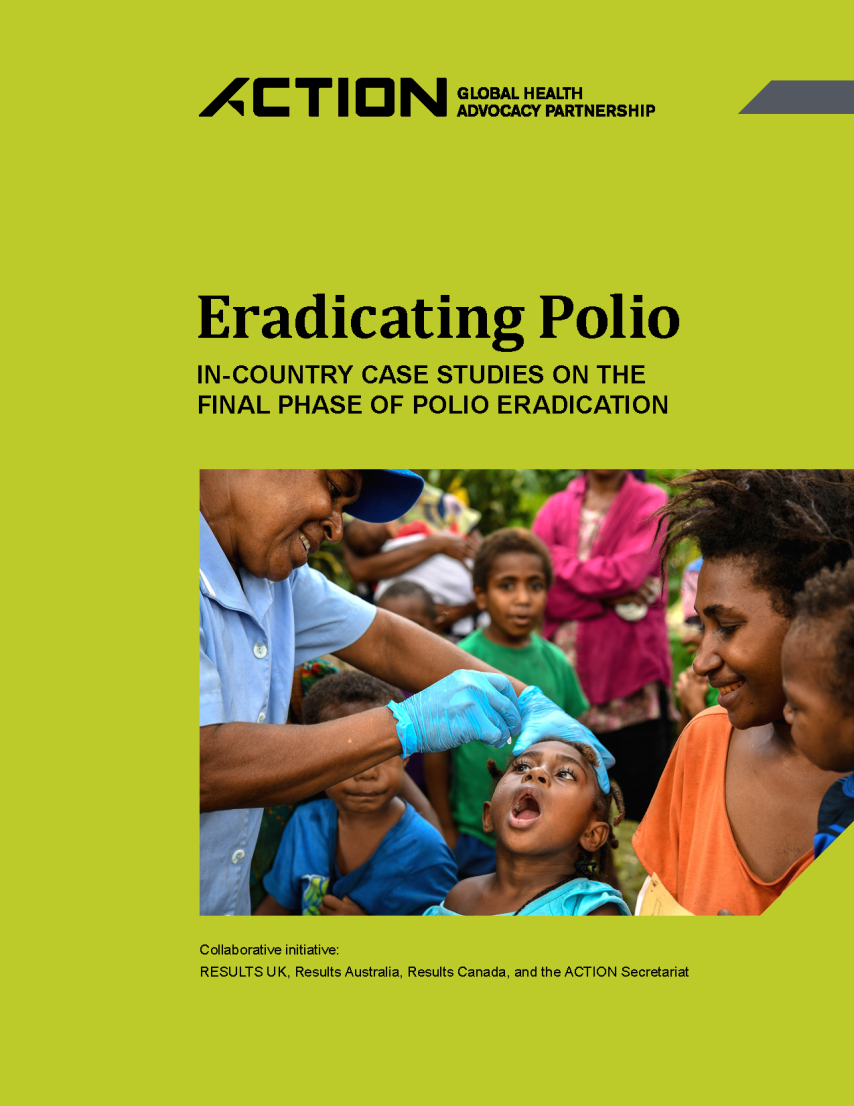Author: Dr. Vineeta Gupta, ACTION Secretariat Director
Circa 2009, I traveled to Sri Lanka. The country was emerging from a 25-year long civil war that started in 1983 and took the lives of about 140,000 people. Like in any war, children suffered the most heartbreaking consequences. I was working for the Global Fund for Children, and the mission was to find, fund, and help strengthen the capacity of the grassroots organizations supporting children of the last mile to reach their full potential.
It was a strange time in Sri Lanka – a mix of fear, relief, hope, skepticism, and suspicion. I remembered Sri Lanka very differently from my trip there as a schoolgirl a long time ago. Back then, it felt very safe sneaking out with friends at night to see a Dracula movie in the cinema hall in Colombo. There were no armed personnel, military bunkers, heavily armed barriers, or paramilitary carrying AK-47 guns.
My happenstance with guns and danger has taught me that no two situations are similar, and deeply understanding the context and environment is the key to functioning in such situations. Having close relationships in the country was crucial in understanding the context deeply, traveling through the dangerous area, finding legitimate community organizations to support the children in the direst circumstances, and securing permissions from the highly suspicious military command officials. In-country relationships and collaborations are among the most important assets for global support to be possible, effective, and firmly grounded in the local context.

I was planning to travel from Colombo to Trincomalee- about 300 kilometers- through the war-ravaged area and barely-traveled broken roads across the country. This area felt the impact of civil war and ethnic conflict most intensely and was still ruled by the separatist Liberation Tigers of Tamil Eelam (LTTE) after dark. Tessa, a highly trusted driver recommended by my local contacts, kept telling me that we needed to leave by no later than 4 AM. I understood the need to keep a good daylight margin to get to Trincomalee safely before dark but could not grasp his reason to leave even earlier. After a bit of struggle, the reason became clear.
Due to the long civil war, people had barely traveled through the area. Wild elephants had gotten used to not having humans around. The elephants, in large numbers, would start on a family walk in the late afternoon. The lone travelers would find them sitting in the area, blocking the road, and enjoying quality time with their extended families. It was not until the sun started to go down that they would be ready to break up the fun gathering. It was also the time when the risk of running into the LTTE militants started to go up. Despite an early start, we crossed the road a few feet away from the elephants. It so happened that a large herd of elephants decided to head out for the walk a little early. I could not resist the temptation to capture the love shared by one of the elephant families on my camera. Tessa kept the car running and the door open so that I could rush in the car if the elephants charged.

For the next few days, I visited community groups, children’s programs, and a highly secure military command center camouflaged and concealed in the middle of thick foliage. The picture on the left shows the lunch served on a patio hidden in trees and accessed through tree house steps. Passing through the shattered houses and learning tragic stories of the children and families was excruciating. When the need is so immense, it takes every optimistic cell in the body to believe in human resilience, the value of every tiny step towards rebuilding, and the usefulness of collaborations, however small they may be.

The journey continues….






